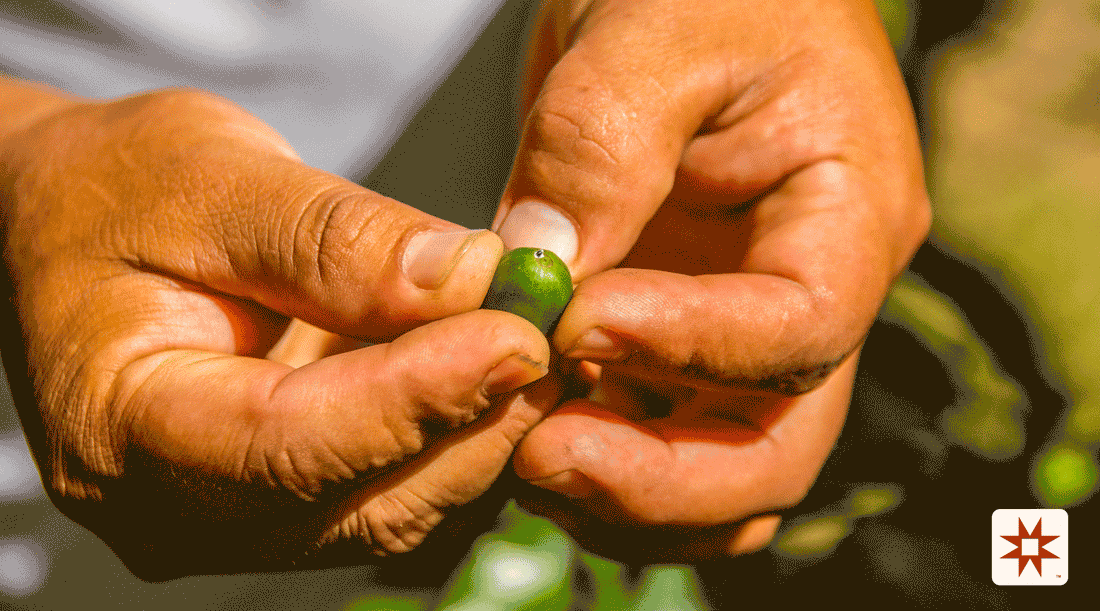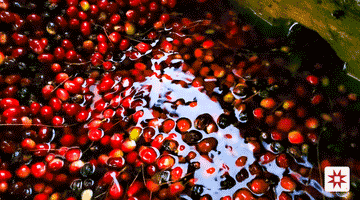
Beyond Elevation: The Science of Density and Flavor in High-Elevation Coffee
When discussing specialty coffee, the phrase "high elevation" often appears as a hallmark of quality. At Sunrise Trading, operating from our base in Peru, we understand this goes deeper than simple height. It’s about the intricate science occurring within every coffee cherry, particularly the development of superior bean density and its profound impact on flavor.
The Mountain's Rhythm: Slow Maturation is Key
Our coffee farms in Oxapampa, Pasco, Peru, nestled within the Oxapampa-Asháninka-Yánesha Biosphere Reserve (BIOAY), thrive at significant elevations. Here, the air is thinner, and temperatures are consistently cooler than in lower regions. The most critical factor is the pronounced diurnal temperature variation – the significant drop in temperature between warm days and cool nights.
This dramatic daily temperature swing acts as nature's slow-cooker. It deliberately slows down the maturation process of the coffee cherry. While it takes longer for the cherries to ripen, this extended period is essential. It allows the coffee plant more time to absorb nutrients from the rich Andean soil and to convert complex carbohydrates into sugars, developing a fuller array of organic acids and aromatic compounds.

The Core of Quality: Bean Density and Hardness
This slower, more deliberate development leads directly to Think of it like a carefully aged wine or a slowly ripened fruit; the concentrated growth results in a harder, more compact cellular structure within the coffee bean. These denser beans are often referred to as "Strictly High Grown" (SHG) or "Strictly Hard Bean" (SHB), terms that signify their superior physical quality.
For roasters, this hardness is a significant advantage. Denser beans handle heat more evenly during the roasting process. Their compact structure enables better heat penetration and distribution, thereby reducing the risk of scorching or uneven roasting. This leads to a more uniform development of the bean's inherent flavors, ensuring consistency and predictability in your roast profiles.
Flavor Potential Unlocked: A Symphony of Chemistry
The scientific magic of high-elevation density extends directly to the cup. The prolonged maturation at cooler temperatures:
-
Preserves Acidity: Organic acids, which contribute to the coffee's brightness, crispness, and complexity, degrade more slowly at cooler temperatures. This often results in a more pronounced, vibrant acidity in high-elevation coffees.
-
Develops Sugars: The slower metabolic rate means more time for simple sugars to create and concentrate, contributing to inherent sweetness and body.
-
Enhances Aromatics: The intricate chemical reactions responsible for forming volatile aromatic compounds (the smells and subtle flavors we love) are also optimized, leading to a broader and more refined spectrum of notes, from delicate florals to juicy fruits.
In essence, the very structure and chemical composition of a high-elevation coffee bean offer a clean, vibrant canvas for roasters to express their craft.
At Sunrise Trading, we celebrate this scientific orchestration of elements. When you source our coffees from Oxapampa, you are choosing beans shaped by the unique high-elevation environment of the BIOAY – a taste of the rainforest, elevated by the profound wisdom of nature. Understanding this density is to truly appreciate the depth and distinctiveness that make each cup a journey.




